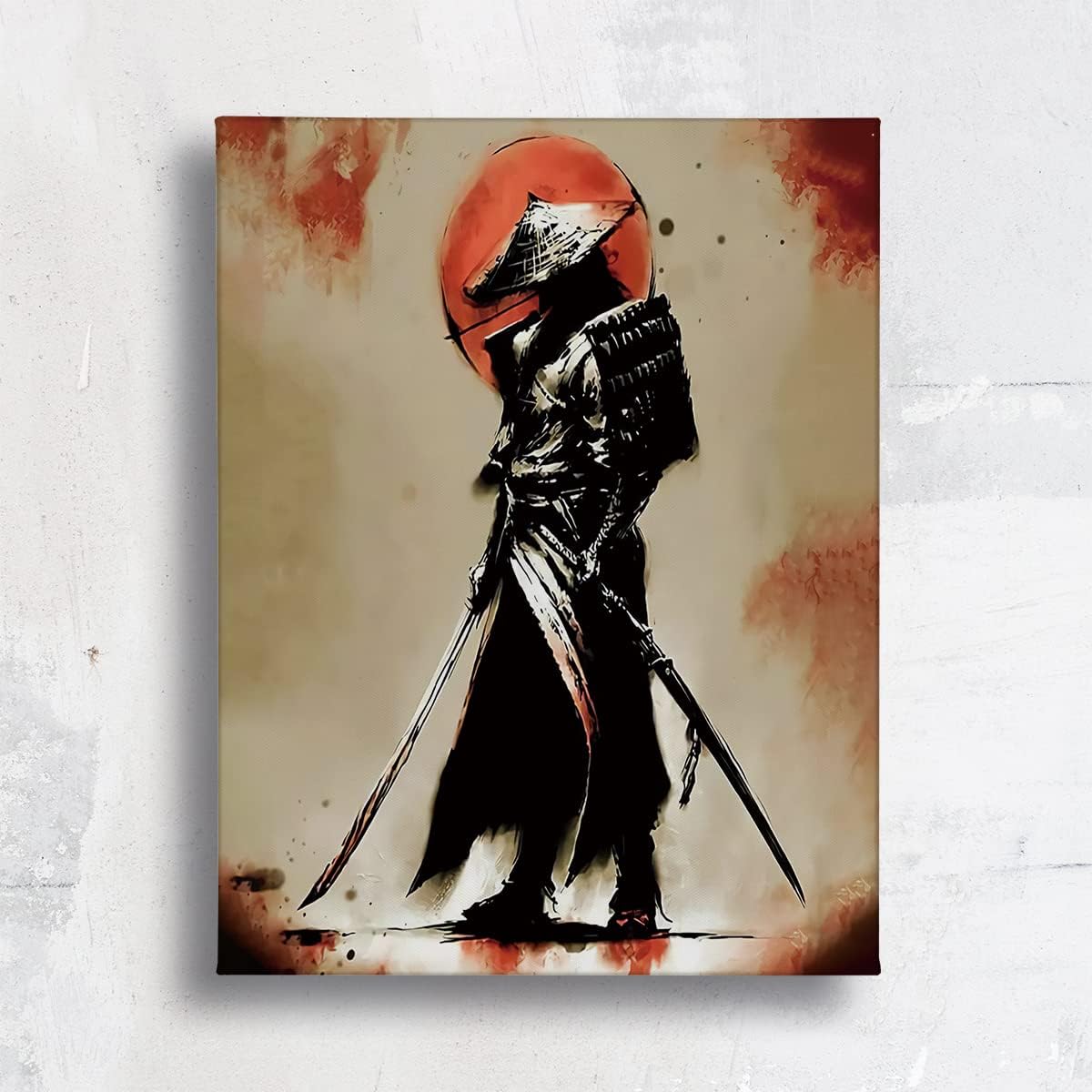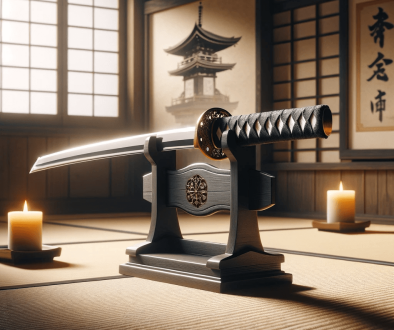Armour
In Japan, the armor was worn as early as the 4th century by foot soldiers. This was called tanko, and was made as a simple iron breastplate. It wasn’t until the Heian period that the armor evolved into what then became known as do or dou.

There were different types of do, as they changed to adapt to new technologies in manufacturing, and also to suit what the battlefield required at the time.

Types of dou are:
- Kozane dō
- Kiritsuke kozane dō
- Tosei dou dō
What Kinds of Armor Were Used by the Samurai?
Samurai armor is a type of armor that protects them from the blows of their opponents. The samurai had a wide variety of armors to choose from depending on what they needed at the time. Some of the most common types were lamellar armors, mail armors, and hauberks.
Mail Armors: Mail armor is a type of armor mostly used by European warriors during the Middle Ages. It consists of interlinked metal rings being sewn together to form a tight mesh. There are two layers – one under and one on top – which have been riveted together at points that are called “gussets” or “rivets”.
Hauberks: A hauberk is a long shirt made from mail with sleeves, typically
Maintenance and Preservation
The history of the Japanese samurai armor is rooted within the feudal era where battles were prevalent. The protection that these armor garments offered to the wearer were imperative to their survival.
There are various design elements that are typically incorporated into samurai armor to provide maximum protection for the wearer. These include the helmet, which is often modeled after a turtle shell, and chainmail covering all of the wearer’s body including his or her feet.
Introduction: Where Did Armor Come From?
Armor originated in ancient civilizations and has taken many forms to protect soldiers and warriors. Different cultures adapted their own techniques, designs, materials, and colors of armor to match their surroundings.
This section will introduce the origins of armor during different periods of time. We’ll look at the difference in designs that were made for specific places or cultures. And try to understand how these differences have evolved over the years.
Armor in Old Japan (1185-1600): The Beginning
The armor of the samurai can be traced all the way back to 1185, when they were called “bugeisha” and their armor consisted of a metal case with leather padding.
Armor in Ancient Japan (1600-1868): Transformation
Samurai armor is a type of Japanese armor that is worn by samurai. It was introduced in the 16th century and evolved with each passing era.
The development of samurai armor can be broken down into three periods:

1) The first period spanning from 1600-1868 with the introduction of firearms,
2) The second period from 1868-1945 as Japan modernized,

3) The third period from 1945 until today as modern warfare enters the equation with ballistic vests and Kevlar.
Japanese armors have been traditionally made with small metal plates. This allowed for a healthy amount of ventilation and ease in mobility which is important to a samurai warrior who needs to fight on horseback or on foot.
As a result of the domination of the harquebus over the samurai, the traditional “samurai” helmet was too easily shot off by firearms. This led to a new type of helmet that was designed to cover more of the head, neck, and face.
Armor in Modern Japan (post 1868): Modernization & Diversification
Modernization in Japan began in the late 19th century when the samurai class was abolished and new industrialized weapons were introduced to Japan. Along with this modernization came various changes in Japanese culture, including the introduction of Western clothing which led to a diversification of armor.
Modernized traditional clothing became popular among all classes, but was most popular among the working class. This is because the traditional dress was more expensive than modernized clothes and did not have any protective features against new weapons being introduced into society.
What We Can Learn From Japanese Armor History
Over the years, the Japanese armor has evolved with each new era, taking on different forms to suit specific needs. It has also undergone many changes in style and decoration with time. The upcoming era of augmented reality is expected to make significant changes in our lifestyles, but it would be naive to think that this new technology will replace an ancient art form like the Japanese armors entirely.
How Modern Armor is Used in Competition Sports in japan?
While the use of armor for sport is common in western countries like the United States, Canada, and Germany, it has only recently adopted its use in Japan. The first time this happened was in 1990 when a kendo fighter was wearing armor to protect his arm. Modern armor is used to protect the wearer’s limbs and torso from smashing hits or sword thrusts.
These armors are usually made out of leather or plastic, though some people have started using carbon-fiber-reinforced plastic armors because they are lighter weight and stronger than other materials.


